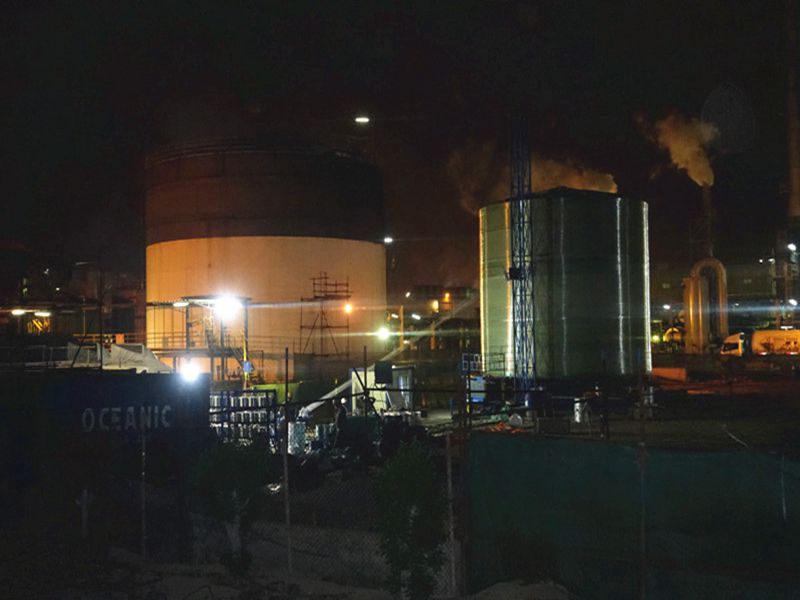grp piping system
Understanding GRP Piping Systems
GRP, or Glass Reinforced Plastic, piping systems have gained significant traction in various industries due to their superior properties and versatile applications. This advanced material combines the lightweight advantages of plastic with the strength and durability of glass fibers, creating a piping solution that is both robust and flexible.
Characteristics of GRP Piping Systems
One of the primary characteristics of GRP piping is its remarkable strength-to-weight ratio. Compared to traditional materials like steel or concrete, GRP is much lighter, making transport and installation considerably easier and more cost-effective. Additionally, the inherent corrosion resistance of GRP ensures longevity, even in the most demanding environments. This feature is particularly beneficial for applications involving wastewater, chemicals, or saline water, where corrosive elements can drastically reduce the lifespan of conventional materials.
GRP piping systems also exhibit exceptional thermal insulation properties. They can maintain temperature stability in various applications, which is crucial for industries such as oil and gas, where temperature fluctuations can affect process efficiency. Furthermore, GRP has a low thermal conductivity, reducing the risk of condensation and energy loss, thereby enhancing overall system performance.
Applications of GRP Piping Systems
The versatility of GRP piping systems makes them suitable for a wide range of applications. In the water and wastewater segment, GRP pipes are extensively used for transporting treated water, sewage, and other liquids. Their resistance to biofouling and UV radiation ensures that they remain effective over prolonged periods, even when exposed to harsh environmental conditions.
grp piping system

In the chemical industry, GRP pipes handle a variety of aggressive substances without degradation. This is particularly important for processes involving acidic or alkaline materials where traditional piping systems might fail, causing costly leaks or system shutdowns. GRP's ability to withstand high pressure and temperature levels makes it a preferred choice for transporting chemicals safely and effectively.
Moreover, GRP is gaining popularity in the construction industry for applications such as drainage systems, rainwater harvesting, and irrigation. The smooth internal surface of GRP pipes reduces friction losses, enhancing flow efficiency. Additionally, their lightweight nature simplifies handling and reduces installation time, offering substantial cost savings for construction projects.
Environmental Considerations
As industries worldwide shift toward more sustainable practices, GRP piping systems present an eco-friendly option. Manufacturing GRP involves processes that can be controlled to minimize waste, and the longevity of GRP pipes reduces the frequency of replacements, leading to lower material consumption over time. Furthermore, GRP systems can be recycled, adding to their appeal in an increasingly environmentally conscious market.
Conclusion
In conclusion, GRP piping systems represent a significant advancement in pipeline technology, offering exceptional durability, corrosion resistance, and versatility. Their applications across a variety of industries, from water treatment to chemical transportation, highlight their importance in modern infrastructure development. As the demand for efficient and sustainable materials continues to rise, GRP piping systems are poised to play a critical role in shaping the future of pipeline technology. Their ability to meet both operational requirements and environmental standards positions them as a preferred choice for engineers and project managers alike, ensuring that they will remain a viable solution in the years to come.
Latest news
-
Oblate Tanks: Space-Saving, Durable Liquid Storage SolutionsNewsAug.27,2025
-
High-Performance Piping System Solutions for Industry & Commercial UseNewsAug.26,2025
-
Precision Fittings: Durable & Reliable Industrial & Plumbing SolutionsNewsAug.25,2025
-
Practical Steps: Unlock Success with Our Proven GuidesNewsAug.24,2025
-
Transport Tanks: Safe, Durable & Efficient Liquid HaulingNewsAug.23,2025
-
High-Quality Piping Systems for Efficient Flow & DurabilityNewsAug.22,2025











